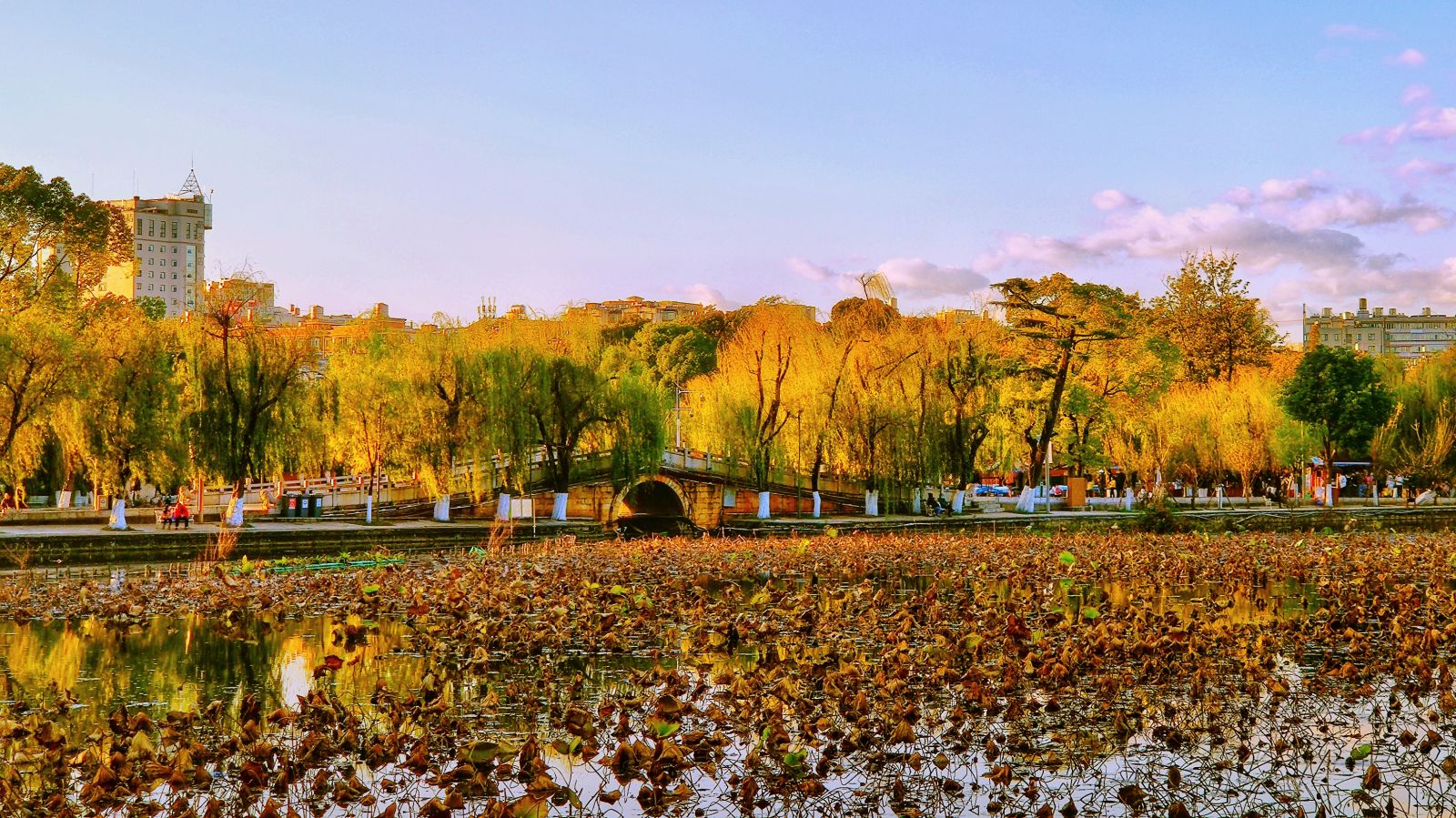Chinese Name: 翠湖公园 Pronunciation: Cuìhú Gōngyuán
Park Area: 22.1 hectares
Admission Ticket Fare: Free
Opening Hours: 07:00 to 23:00
Suggested Visiting Hours: 2-3 Hours
Best Visiting Time: All year round
Address: 67 Cuihu South Road, Wuhua District, Kunming, Yunnan Province, China
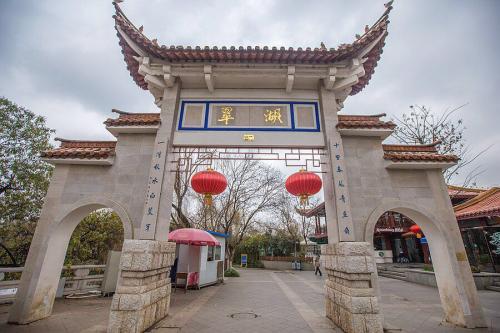
Green Lake Park, located at the western foot of Wuhua Mountain, Kunming, covers an area of 22.1 hectares, of which the water area is about 15 hectares. It is known as the “emerald” embedded in Kunming. The park consists of Water Moon Villa, Mid-Sea Pavilion, Nine Dragon Pool, Mid-Lake Pavilion, Lianhua Temple, Southwest Island, Bamboo Island, and other scenic spots. The park is full of willows, flowers, pavilions, and pleasant sceneries. Visitors are nostalgic for the past and enjoy the moon, flowers, and gulls here. It is a tourist resort with a hundred years of history, culture, and garden art.
Green Lake Park is adjacent to the former site of Yunnan Military Academy (1907-1935). It is the remains of a famous military academy in China’s modern history, covering an area of approximately 30,000 square meters. It has the main building, a playground, and ancillary buildings. It is the only well-preserved site of a military academy in Chinese modern history. It has been transformed into Yunnan Military Academy History Museum which is open to the public for free.
Green Lake Park is one of the most beautiful parks of Kunming, opposite the main gate of Yunnan University. Although the area of Green Lake Park is small, it has a lot of character and beauty.
The Green Lake was originally a bay in the Dianchi Lake but later became a separate lake due to the water level dropping. Since the Ming Dynasty, successive Yunnan administrators have built pavilions and buildings here. It was officially named Green Lake at the beginning of the 20th century. People call it “an emerald inlaid in the city of Kunming”.
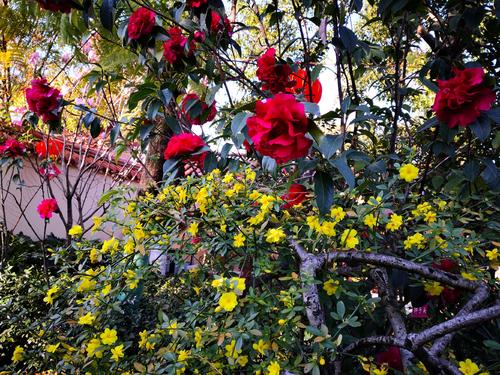
The Camellia Garden was constructed in 2012, with an area of about 900 square meters, mainly showing Yunnan’s native high-quality camellias, as well as various kinds of potted plants. The plants and flowers, and the antique architecture and corridors form a wonderful scene making it very distinctive.
In the Yuan Dynasty, there were nine springs in the northeast of the Green Lake with abundant water, and the pool was several meters deep, so it was called Nine Dragon Pool. You can enjoy the scenery around the Nine Dragon Pool, the meandering bridge over the water, the flowers on the land and the window wall by the pool. The first waterworks in Kunming was built here in 1917 and the pumping equipment built next to the Nine Dragon Pool was preserved and became today’s History Museum of Kunming Water Supply.
The indoor pit in the History Museum of Kunming Water Supply includes the French water pump and Siemen’s motor which were used initially. It is a complete set of pumping equipment. The equipment is still in good condition and the black paint on the pump shines brightly. There are some historical photos and objects from the establishment of Kunming Waterworks in the inner room which briefly describes the history of Nine Dragon Pool and Kunming tap water.
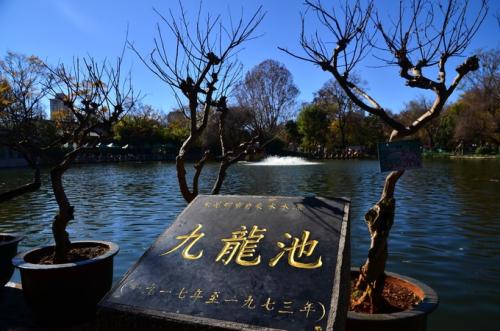
When you come to Nine Dragon Pool you can see that there are many large koi swimming in the pool and several ducks and black and white swans. In the white porch by the pool adults and children can be seen feeding the fish. After sitting by the pool for a long time the splashing of fish jumping out of the water can be heard from time to time. The south side of the pool is a teahouse where you can sit quietly and enjoy the scenery with a cup of tea.
More than 700 years ago the springs of Nine Dragon Pool were overflowing and clear. The springs continuously delivered clear water from the depths of the ground and flowed down the river to Dianchi Lake which became one of the important supplementary water sources of Dianchi Lake. Since it had a symbol of Dragon there was a place to worship the dragon at that time. Today there is still the Shuichang Palace, and other constructions located around the Green Lake allowing people today to think of the scenes of the past.
The karst water system of Nine Dragon Pool is distributed in the north of Kunming Basin. The karst aquifer extends from the exposed karst mountain area of She Mountain to the covered area of the loose soil layer at the bottom of the basin. In the Green Lake area, the overlying loose cover is slight and there are clastic rock strata in the lower reaches. As a result, the high groundwater level overflows to the surface, forming the Nine Dragon Pool Spring Group. The Nine Dragon Pool Spring Group is not only the source of the Green Lake but also one of the water sources of Dianchi Lake. For thousands of years, there has been a continuous supply of spring water in Nine Dragon Pool providing abundant water for Dianchi Lake and the Green Lake.
Up to the Ming Dynasty, the water level of the Nine Dragon Pool continued to decline, and the vacant land was gradually planted with vegetables by local people. At this point, the siltation increased and Nine Dragon Pool became swamped. Although a large area of water gradually became land and the siltation areas were occupied by the private sector, the spring water source was continuous, and the amount of water output was still abundant. However, due to the continuous need for land by people, the water area and water output of the Green Lake were shrinking year by year.
Before the tap water was connected to Kunming, citizens used well water or river water for daily life, so that there were still people in the market carrying water and selling water. Until 1957 the Green Lake was the only source of tap water in Kunming. Due to the excessive exploitation and extraction of groundwater resources in the Green Lake area, Nine Dragon Pool Spring Group began to cut off. With the government regulations and protection of groundwater resources in recent years, Nine Dragon Pool Spring Group has slowly recovered.
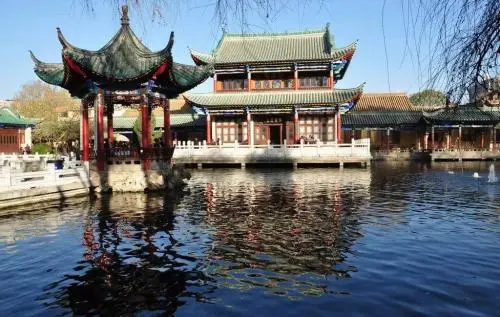
In the 31st year (1905) of Emperor Guang Xu’s reign of the Qing Dynasty, Jiang Xuan built dikes in the Green Lake. And then he planted begonia, built rockeries and houses, and paved roads. He opened the first photo studio in Kunming, named “Shui Yue Xuan” (Water Moon Villa), and then opened the first ticketed theatre in Yunnan. Since the 1930s, Shui Yue Xuan had been used as the office area of the Kuomintang office place until the liberation of Kunming. Every March, begonias are in full bloom and weeping willows are swaying forming a spectacular landscape.
In the winter of 1985 seagulls from Siberia flew to Green Lake Park for the first time. To commemorate that time, sculptures such as “Girl and Seagulls” and “Seagulls and Old Man” were set in the park. Shui Yue Xuan has carried the seagull culture of Green Lake Park.
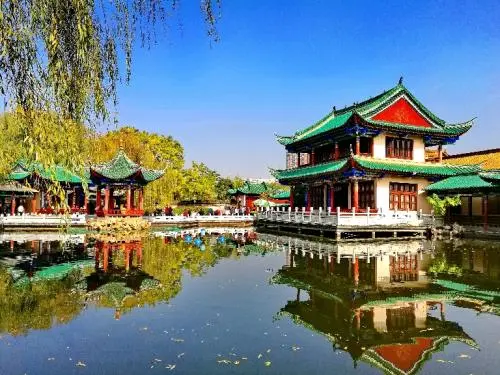
Fish Watching Tower was built in the 15th year (1835) of Emperor Daoguang’s reign of the Qing Dynasty. It was renovated by Ruan Yuan, the Governor of Yunnan and Guizhou Provinces. It is a classical garden complex with a combination of colonnades, pavilions, waterside pavilions and curved bridges, and has strong architectural characteristics of the regions south of the Yangtze River. Fish Watching Tower was originally the “Free Life Pond” of Lian Temple. After having been repaired and rebuilt many times, there are now two three-story octagonal glazed pavilions still retained which were built in 1934.
At present, the Fish Watching Tower complex also retains the double-eave hexagonal pavilion, the fan-shaped pavilion, the quadrangular pavilion, and the hexagonal pavilion, which are all connected by a long colonnade. The entire complex is decorated with glazed tiles and carved beams. There are countless koi in the water and every time the visitor throws food into the water the koi scramble for it making it a wonderful sight.
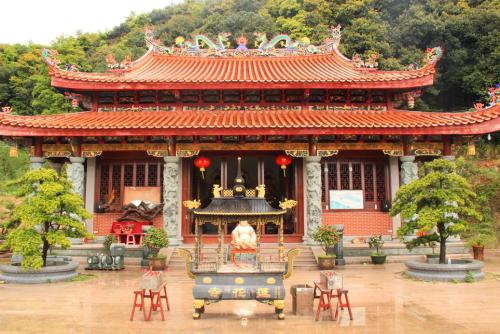
Lianhua Temple was founded in the first year (1796) of Emperor Jiaqing’s reign in the Qing Dynasty. The Vice President of the Ministry of Engineering Jiang Yupu, Liu Yu from Yinan region (the present Pu’er City) of Yunnan, and Ni Shiyuan and Ni Xiu of Kunming, built a temple centered on “Biyi Pavilion” and later named it Lianhua Temple. Lianhua Temple and Yuantong Temple are opposite from east to west. Yuantong Temple is close to the hill and Lianhua Temple is facing the water, each with its own characteristics and complementing each other. It was a religious place that lasted for more than 140 years to the period of the Republic of China.
In 1934 it was rebuilt under the instruction of Long Yun, chairman of Yunnan Province. After the reconstruction, he successively constructed the temple as an air force club, an urban defense headquarters recruitment center, a hotel, and a library. With the changes over the years and several repairs, the elegant demeanor of Lianhua Temple remains the same. The couplets of “the world contains ten acres of lotus and fish” and “half the city is willow and half are Buddha towers” hanging at the main entrance of the temple was written by Ling Shiyi, reflecting the picturesque beauty of the Green Lake.
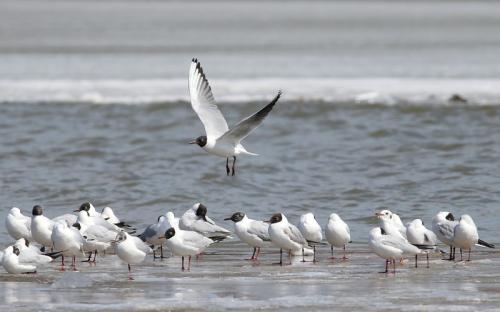
Every winter thousands of black-headed gulls flying from Siberia spend the winter at the Green Lake. They play in the water and scramble for bait, providing boundless interest to the Green Lake. This is because the seasons in Kunming are as warm as spring which is very suitable for black-headed gulls to spend the winter. In addition, Kunming people treat black-headed gulls as good friends. The Kunming municipal government also stipulates that black-headed gulls are under protection and firecrackers are not allowed to frighten them. In this way, the black-headed gulls form a friendly relationship with the people of Kunming. Every November they fly to Kunming for the winter. They stay here until March and April in the following year and they then leave Kunming for Northeast China and Siberia.
At this time visiting Green Lake Park to enjoy black-headed gulls has become a great pleasure for Kunming people and many non-local tourists. In winter and spring, tens of thousands of black-headed gulls gather in the Green Lake. At this time thousands of people feed the gulls which is a big tourist attraction for Kunming.
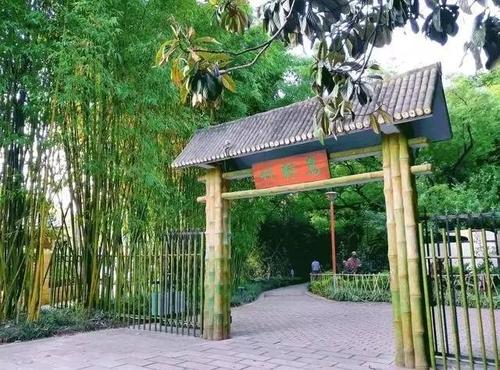
Bamboo Island is located in the northeast of Green Lake. Chen Rongchang, a successful candidate in the highest imperial examinations during the Emperor Guangxu period of the Qing Dynasty, and Yuan Jiagu, the number one scholar in the late Qing Dynasty, all wrote poems about the emerald bamboo of Bamboo Island. In 2011, non-governmental charitable enterprises donated money to rebuild it and turned it into a bamboo ornamental garden, displaying about 20 rare species of bamboo, such as dragon bamboo, square-shaped bamboo, abacus-shaped bamboo, and pen-shaped bamboo. The winding path in the park is quiet and tranquil and you can face the water to watch the lotus and drink tea for leisure.
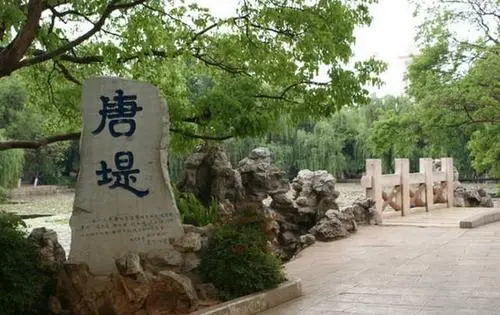
The Green Lake covers an area of 22 hectares of which the water surface occupies 15 hectares. The two long causeways meet in the center of the park dividing the whole lake into four parts. The north-south causeway is called RuanDi Causeway. In 1834, the Governor of Yunnan and Guizhou Provinces, Ruan Yuan allocated funds to imitate the beautiful construction of the Su Causeway of the West Lake. The east-west causeway, called the Tangdi Causeway, was built during the Republic of China and was built in 1919 by Tang Jiyao, the commander-in-chief of the three provinces of Yunnan, Sichuan, and Guizhou. The intersection of the two causeways is an island in the middle of the lake, with the Mid-Lake Pavilion as the main axis, forming the central tourist area. The Mid-Lake Pavilion is also known as Biyi Pavilion. The pavilion is beautiful in appearance with yellow tiles in the eaves. There are two inner courtyards in the pavilion where various exhibitions are held.
Water Moon Villa → Lianhua Temple → Camellia Garden → Nine Dragon Pool → Bamboo Island
Take bus 1, 85, or 125, get off at Yunnan University Station, and then walk about 300 meters to the North gate of Green Lake Park.
Take bus 235, 133, or 139, get off at Cuihu North Road Station, and then walk about 100 meters to the West Gate of Green Lake Park.
Take bus 100, 101, or Z5, get off at Cuihu Dongmen Station, and then walk about 150 meters to the East Gate of Green Lake Park.
Take bus 5, 10, 26, 52, 54, 56, 66, 82, 84, or 98, get off at Xiaoximen Station, and then walk about 800 meters to the South Gate of Green Lake Park.
Take Metro Line 3 and get off at Panjiawan Station (Exit C). It is about a 1 km walk to the north to reach the West Gate of Green Lake Park.
Take Metro Line 2 and get off at Chuanxin Gulou Station (Exit A). It is about a 1.5 km walk to the west to reach the East Gate of Green Lake Park.
Chinese: 请带我去翠湖公园。 English: Please take me to Green Lake Park.
If you go to Green Lake Park from Kunming Changshui International Airport, it takes about 40 minutes (about 70 yuan).
If you go to Green Lake Park from Kunming Railway Station, it takes about 20 minutes (about 15 yuan).
If you go to Green Lake Park from the centre of Kunming, it takes about 15 minutes (about 10 yuan).
